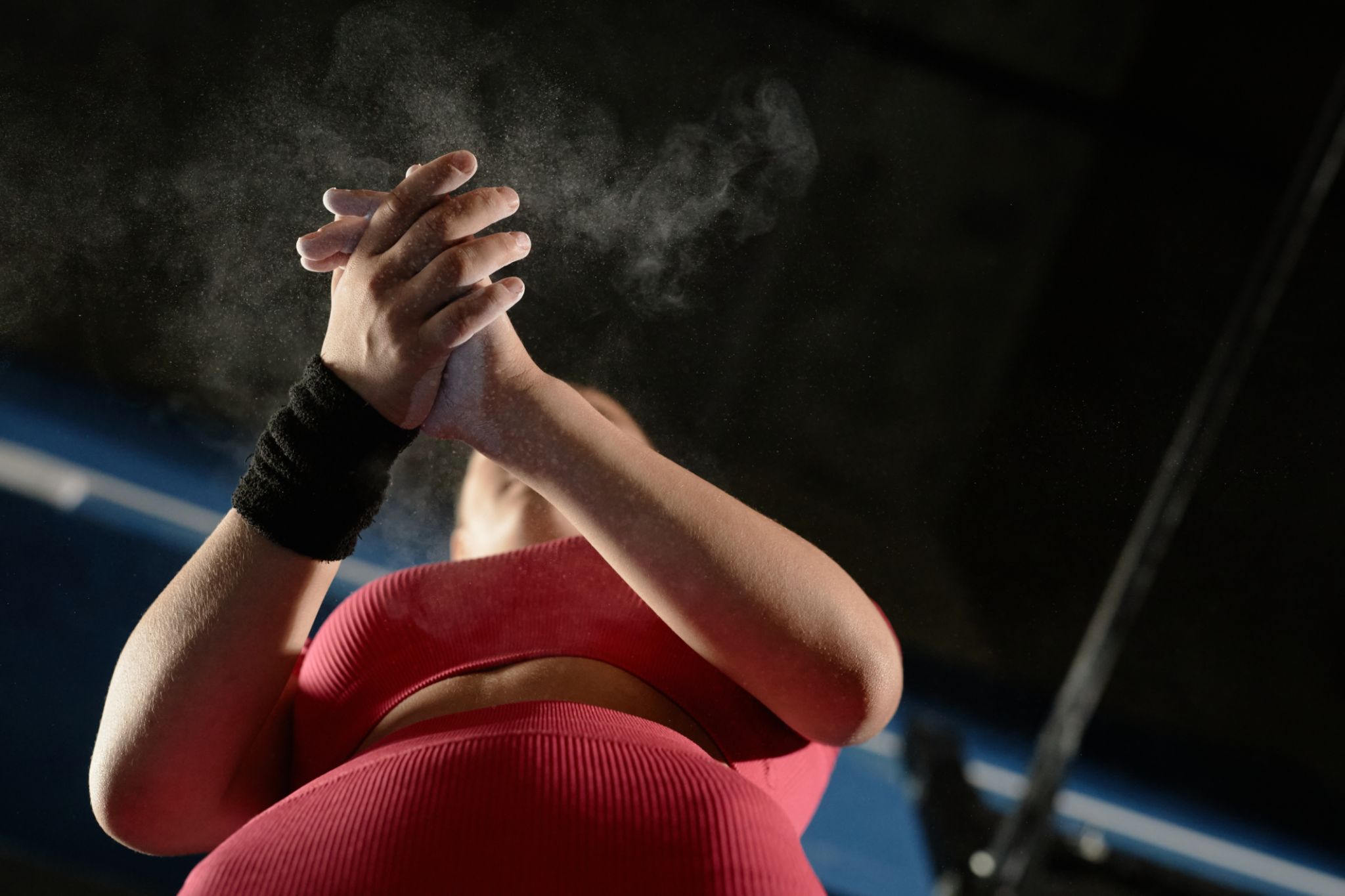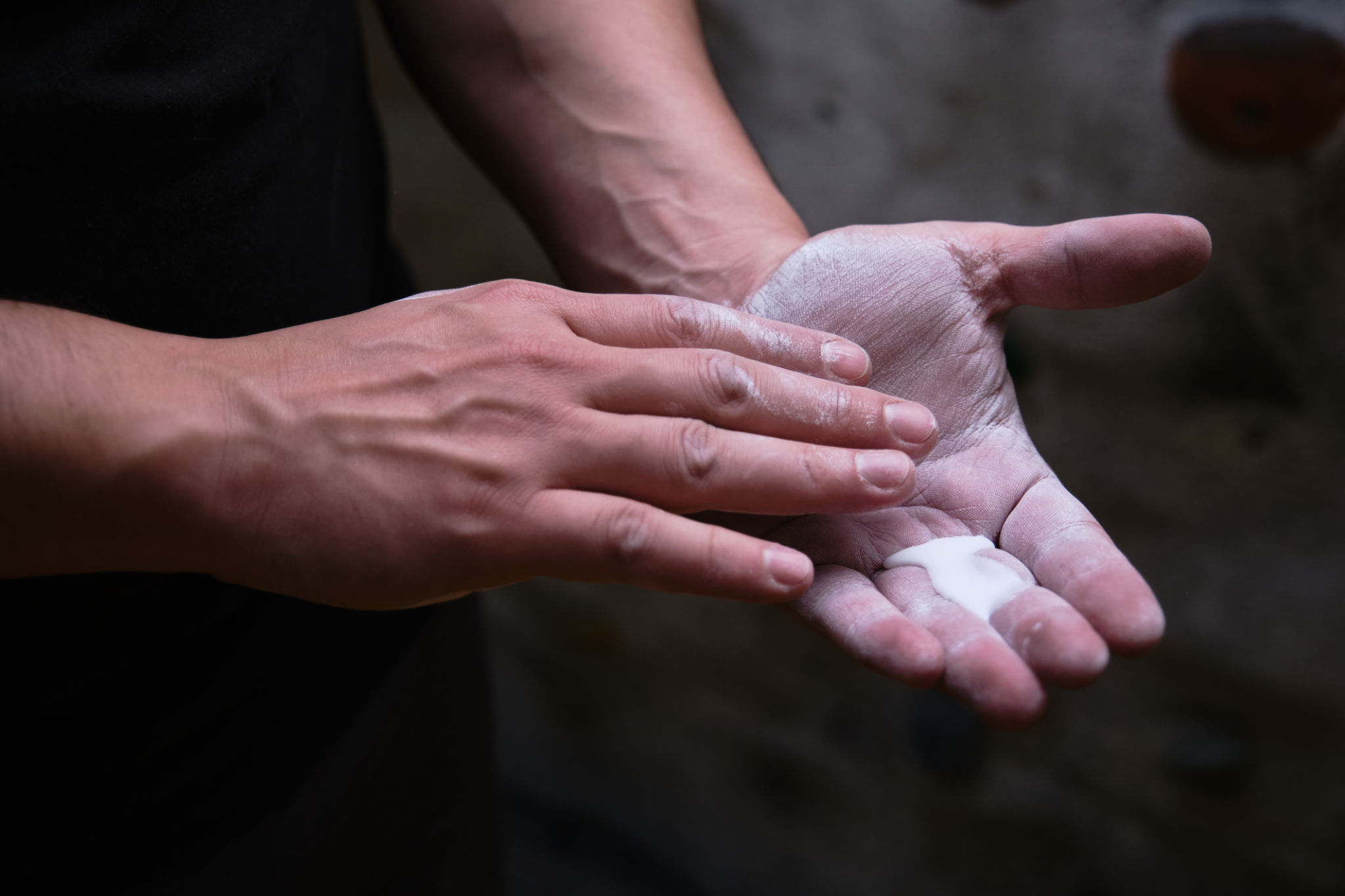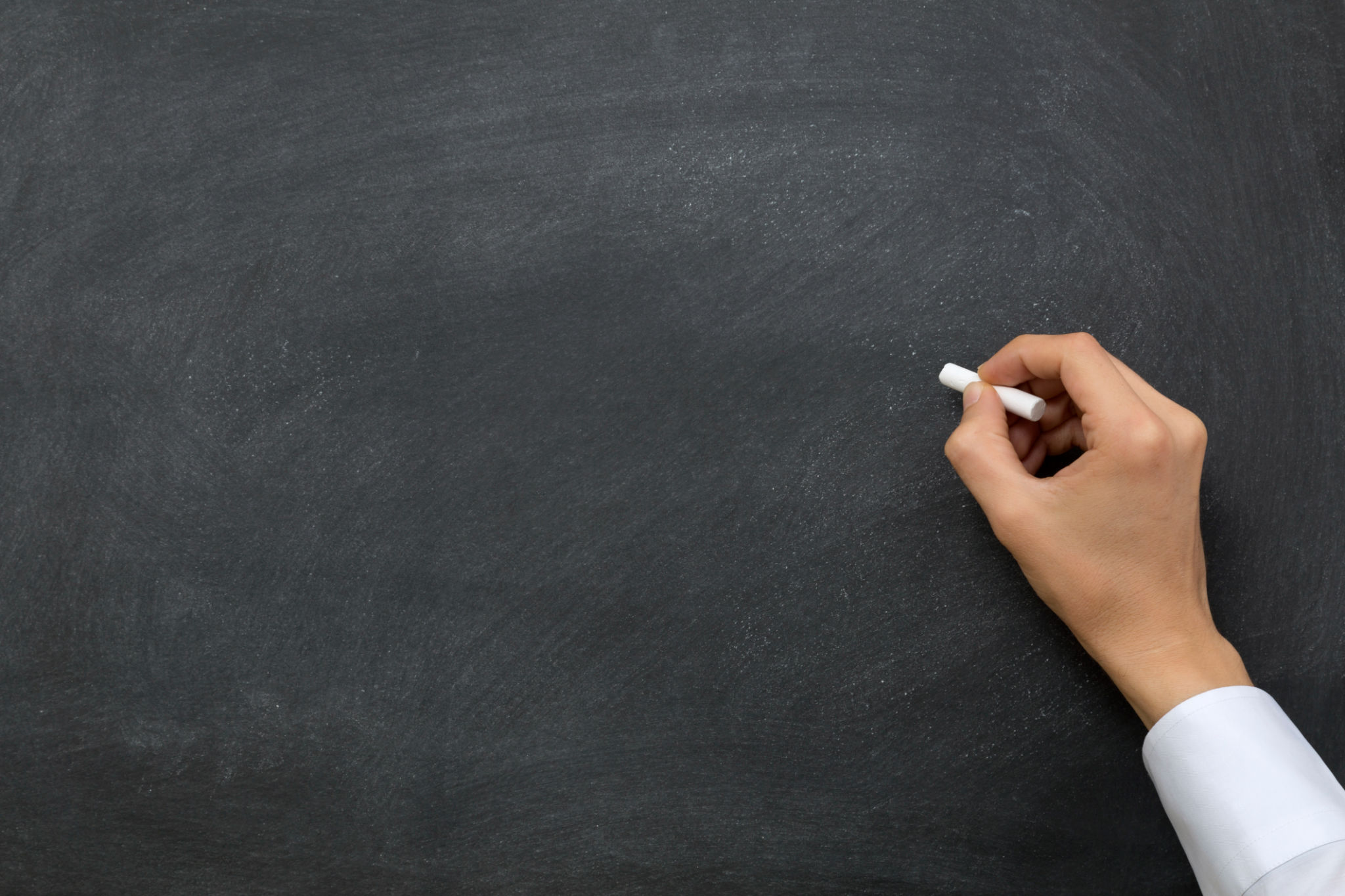Comparing Liquid Chalk and Traditional Chalk: Which is Better for Gymnastics?
The Basics of Gymnastics Chalk
In the world of gymnastics, maintaining a firm grip is crucial. Chalk serves this purpose by absorbing moisture and providing a reliable grip on apparatuses like bars and rings. Traditionally, gymnasts have used dry, powdered chalk, but liquid chalk has emerged as a popular alternative. Let's explore how these two options compare.

Traditional Chalk: A Time-Tested Favorite
Traditional chalk, often made from magnesium carbonate, comes in a loose powder or block form. It's favored for its simplicity and effectiveness. Gymnasts appreciate its quick application and the tactile feedback it provides. When applied, traditional chalk immediately dries sweat, offering a reliable grip.
However, traditional chalk can be messy, leaving residue on equipment and gym floors. This requires frequent cleaning to maintain a tidy workout environment. Despite this drawback, many athletes still prefer it for its familiarity and proven performance.
Liquid Chalk: The Modern Alternative
Liquid chalk is a newer innovation that combines magnesium carbonate with alcohol to create a paste. Upon application, the alcohol evaporates, leaving a chalky residue on the hands. This type of chalk is known for its longer-lasting effect and reduced mess compared to traditional chalk.

One of the main advantages of liquid chalk is its ability to provide a consistent layer of coverage. This can be particularly beneficial for athletes who need prolonged grip without frequent reapplication. Additionally, its contained nature means less cleanup and less airborne dust.
Comparing Key Features
When choosing between liquid and traditional chalk, consider these key factors:
- Application: Traditional chalk is quick to apply but may require frequent reapplication. Liquid chalk takes a bit longer to dry but lasts longer.
- Messiness: Traditional chalk can be messy and leave dust. Liquid chalk offers a cleaner alternative with minimal residue.
- Cost: Liquid chalk is typically more expensive than traditional chalk, but its longevity can justify the cost for some athletes.

Suitability for Different Gymnastics Disciplines
The choice between chalk types may also depend on the specific gymnastics discipline. For instance, gymnasts on bars might prefer traditional chalk for its quick application, while those on rings might opt for liquid chalk for its lasting grip. Ultimately, personal preference plays a significant role in this decision.
Conclusion: Choosing the Right Chalk for You
Both liquid and traditional chalks have their unique advantages. If you prioritize ease of use and familiarity, traditional chalk may be the right choice. However, if you seek a cleaner option with lasting effects, liquid chalk could be worth a try. Consider your specific needs and preferences when making your decision.
Whether you choose liquid or traditional chalk, maintaining proper grip is essential for safety and performance in gymnastics. Experiment with both types to see which best supports your training regimen and enhances your athletic experience.